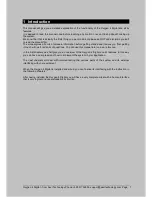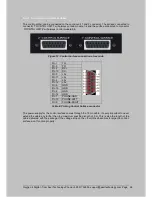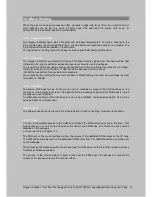
Network Basics
7.3.5
DHCP
DHCP stands for: “Dynamic Host Configuration Protocol”.
DHCP is a TCP/IP service that you can use to set network clients' TCP/IP configurations automatically
as they attach to the network. This configuration is done by providing the DHCP server with one or
more scopes. A scope is nothing more than a range of IP addresses that may be assigned to clients
on a temporary basis. The length of time that a client is allowed to use an IP address from a DHCP
server is called the client's lease period.
As you can see, DHCP eliminates the need to manually configure each client; it also helps to prevent
duplicate IP addresses and can help to conserve IP addresses when they're in short supply. However,
for DHCP to function correctly and efficiently on large networks, proper planning is essential. If it is set
up improperly, DHCP can cause headaches.
As I mentioned earlier, DHCP automatically configures clients for TCP/IP at the time the clients attach
to the network. Obviously, this process doesn't happen by magic. Getting DHCP to configure a client
for use on a network requires several messages to be passed back and forth across the network.
Although these messages tend to be small, if many clients are attempting to get an IP address at the
same time, the excessive traffic created can slow down the network.
One way of dealing with this problem is to limit each DHCP server to servicing only one specific
subnet. By doing so, you'll isolate each subnet's DHCP-related traffic and prevent it from flowing onto
the rest of the network.
If you want to use static IP addresses on your servers, but you like the idea of using DHCP for
consistency, you can use a reservation system to ensure that a client receives the same IP address
each time it connects.
Oxygen 4 Digital - from Axel Technology Phone +39 051736555, [email protected] Page 17
Содержание Oxygen 4
Страница 1: ...Oxygen 4 Digital pag 1...
















































